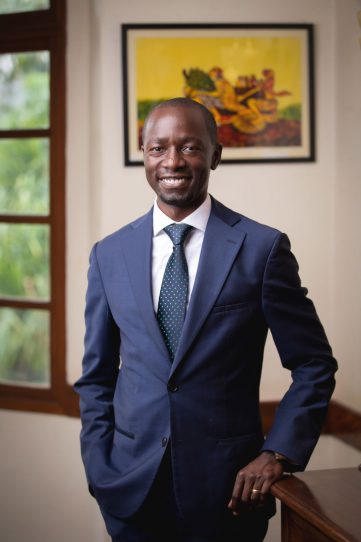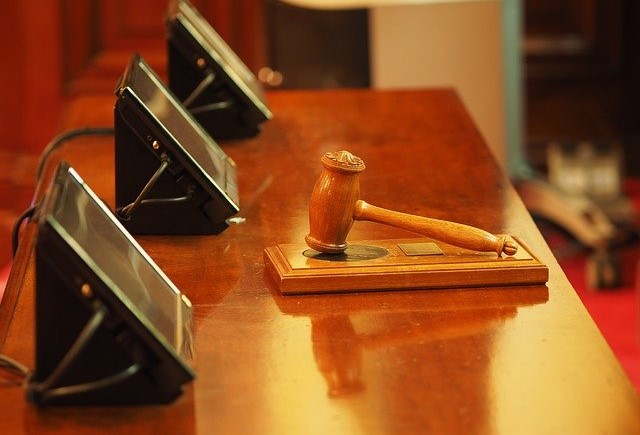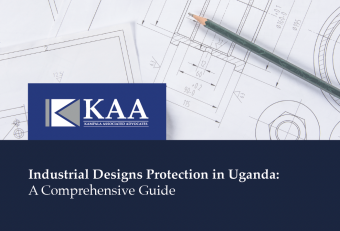Counterfeiting is big global business that is reported by the Organisation for Economic Co-operation and Development (OECD) to account for close to 3.3% of all global trade and rising. It affects almost every type of consumer goods and products.
To counterfeit means to imitate something authentic, with the intent to steal, destroy, or replace the original, for use in illegal transactions, or otherwise to deceive individuals into believing that the fake is of equal or greater value than the real thing. Whereas counterfeiting has partly been driven by the enabling consumer appetite for cheap alternative goods and products as compared to the seemingly expensive legitimate goods and products, the activity ultimately ends up harming the consumers and the owners of the legitimate goods and services. In addition to counterfeiting being illegal in Uganda and globally, counterfeit goods generally pose a high risk to the health and safety of consumers as they are often made using cheap, substandard, and dangerous components. For the legitimate owners of the goods and services, counterfeiting presents a direct threat to the enjoyment of the intellectual rights bestowed upon the owners of trademarks, patents and copyrights. The rights enjoyed by the legitimate owners are normally as a result of a painstaking investment in research, development and reputational building that helps establish a fair market share. Counterfeiting on the other hand, seeks to profit unfairly off of another company’s good name. It is therefore imperative for the legitimate owners to adopt responsive Intellectual Property protection and enforcement strategies that can enable them to timely and in an appropriate manner fight the counterfeiters. This is important for their business continuity and most importantly, reputation protection. Among others, the following strategies can help improve a brand owner’s capacity to identify and combat counterfeiting.
Intellectual property registration
Whereas the culture of trademark registration is widespread globally, there is a lot that has to be done in Uganda to generate an urgent awareness among many innovators, entrepreneurs and manufacturers as to the need to register their intellectual property. The biggest tool for fighting counterfeiting is the existence of a registered trademark or an alternative appropriate intellectual property right. This registration is what grants the proprietor the exclusive rights to use and exploit the trademark, copyright or patent to the exclusion of all others. Every business should therefore prioritize the registration of the applicable intellectual property right(s) from the very beginning of the business undertaking and additionally apply the same level of protection within the online/ digital space. This registration should not be limited to just one’s jurisdiction but should also be extended to other jurisdictions one may be interested in expanding to or operating in. Many times, counterfeit products originate from other jurisdictions and find themselves in key markets using formal and informal trade routes. Training and public sensitization
Ignorance is sometimes responsible for the continued increase in counterfeiting. The average consumer is often times not aware of the different brands and their distinctive characteristics let alone the market strategies for the manufacturers.
Sometimes however, consumers knowingly buy products which they know are counterfeit. A study by the OECD in the United Kingdom estimates that 46.5% of imported counterfeit and pirated products sold in the UK in 2016 were sold to consumers who actually knew they were buying fake products. For this category of consumers, the use of a collaborative strategy by involving the concerned public health, safety and standards authorities in Uganda, such as the National Drug Authority, Uganda National Bureau of Standards and Uganda Registration Services Bureau, would be much more applicable. Through such collaborations, the public can be sensitized on the inherent health and safety risks that the public faces in using counterfeit products and goods. Additionally, the public can also be sensitized on the effects of counterfeiting on employment, government revenues and criminality. Through this routine sensitization, a discerning consumer will be better informed to make the right choice and limit the market for the counterfeiters. The second element is through the training of the relevant government enforcement and customs bodies such as Uganda Revenue Authority, Uganda Registration Services Bureau and the Uganda Police Force, on the identification of counterfeit products and protocols in terms of the Counterfeit Goods Act as well as anti-counterfeit operations. The biggest risk for imported counterfeit goods/ products is at the point of customs clearance. If the customs officials are not well versed with the right knowledge on how to identify counterfeit products, the products and goods will be released and once they have hit the market distribution channels, it becomes a lot difficult to trace and confiscate them. This training however can only be done on a case by case basis and it is therefore incumbent on the most affected brand owners to take the initiative. The Trademarks Act in Uganda allows brand owners to apply to either the Court or a competent Authority for the suspension by the customs authorities of the release into free circulation of the goods. As a practical note, rights owners should ensure that any new marks, products, packaging, security features and so on are passed to the customs office as soon as practicable, including when packaging design or security features are changed or added, to facilitate identification of fake goods.
Market Surveillance & Investigations
Many times, counterfeit products will manage to reach the different markets through the use of different strategies by the counterfeiters. When this happens, the products will likely compete for customers with the legitimate products. It is therefore important for brand owners to have a routine random market surveillance to monitor the risk of counterfeit products. Alongside the market surveillance, brand owners can engage with investigating firms and their brand experts to carry out investigations into the distribution channels and sources of the counterfeit products with the view to identifying the counterfeiting activities and confiscate the products. This investigation should be swift but also strategic so as identify the sources of the products on the shelves, preferably before the products reach the market. The Trademarks Act for example gives the Uganda Registration Services Board powers to appoint/ designate inspectors with the powers to carry out Trademark infringement inspections in any premises and with a further power to seize and detain a substance or article which he or she has reasonable cause to believe to be an infringing trademark of any work. An Intellectual Property Lawyer/ Advocate can provide a good support for coordinating such investigations with the view to obtaining admissible and relevant evidence that can be used in further actions such as prosecutions.
Prosecution
Prosecution of the counterfeiters is crucial in helping to make future engagement in similar activities unattractive. By adopting a zero tolerance for counterfeiting and dismantling all known distribution and marketing structures through the prosecution of the players, the likelihood of more people investing their resources into counterfeit businesses/ products becomes a lot less. The Trademarks Act for example, establishes many criminal offences against which the different categories of counterfeit players can be prosecuted for. From importers to the dealers/ distributors, it is possible for all or any of them to be arrested and prosecuted. This criminal prosecution is in addition to the available civil litigation that can also be triggered against the counterfeiters, as an alternative or concurrent strategy


